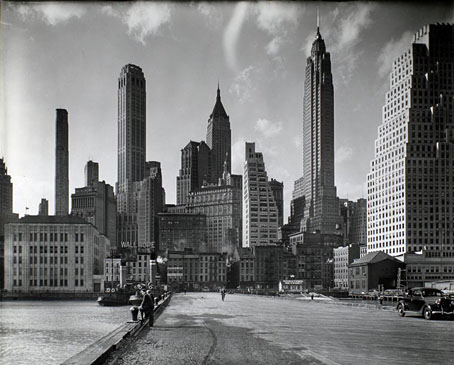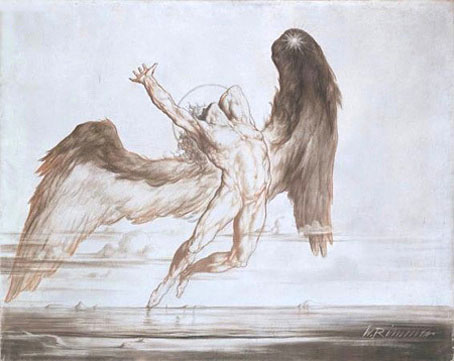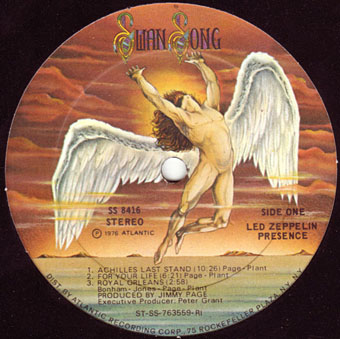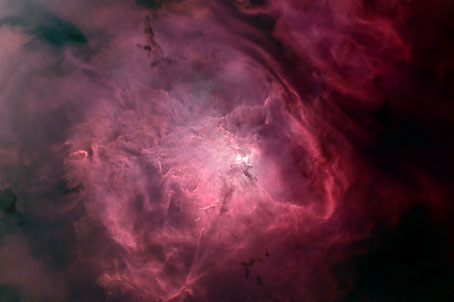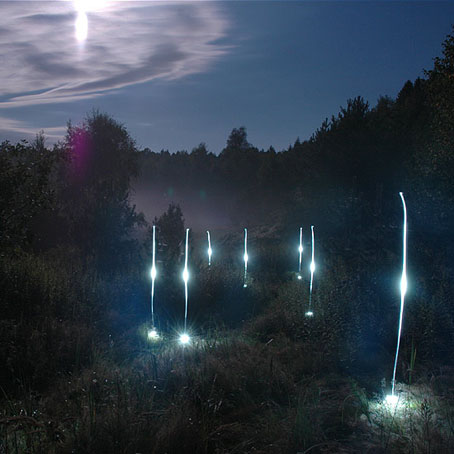Manhattan Skyline: I. South Street and Jones Lane, Manhattan. March 26, 1936.
I love Berenice Abbott’s photographs of New York in the 1930s which capture the city in transition from a world of 19th century brownstones to the more familiar high-rise skyline. Dover Publications produced their own collection of her photos which I used as one of my key references when drawing Reverbstorm. The NYPL Digital Gallery has a huge selection online, including many which didn’t make the Dover book.
Previously on { feuilleton }
• Eugene de Salignac
• Luther Gerlach’s Los Angeles
• The Bradbury Building: Looking Backward from the Future
• Edward Steichen
• Karel Plicka’s views of Prague
• Atget’s Paris
• Downtown LA by Ansel Adams

